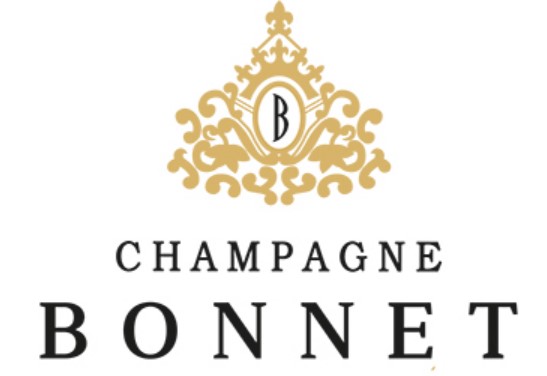
Bonnet
Champagne Alexandre Bonnet is a respected Champagne house based in Les Riceys (Côte des Bar), celebrated for its Pinot Noir-dominant Champagnes and its production of the unique still wine, Rosé des Riceys, reflecting the distinct terroir of the region.
Available Liquors
Overview
Champagne Alexandre Bonnet is synonymous with the exceptional terroir of Les Riceys in the Côte des Bar. Specializing in Pinot Noir, the house crafts a range of expressive Champagnes that highlight the grape's characteristic fruitiness, structure, and depth. Benefitting from the unique Kimmeridgian and Portlandian limestone soils, their wines possess distinct character and minerality. Beyond their sparkling range, they are notable producers of the rare Rosé des Riceys, a still rosé wine with its own AOC. With a history rooted in family viticulture and now benefiting from the resources of the Lanson-BCC group, Alexandre Bonnet offers a compelling taste of the Aube region.
Story
The story of Champagne Alexandre Bonnet is deeply intertwined with Les Riceys, the largest wine-growing commune in Champagne. For generations, the Bonnet family cultivated the region's prized Pinot Noir grapes. In the latter half of the 20th century, René Bonnet and his sons, Serge and Alexandre, channeled their expertise into creating their own Champagne house. They championed the unique character of Les Riceys terroir, particularly its affinity for Pinot Noir. Their dedication helped elevate the reputation of the Côte des Bar. In 1998, seeking further development and distribution, the house joined the Lanson-BCC group (owning brands like Lanson, Besserat de Bellefon, Philipponnat). Despite the change in ownership, the house continues to manage its significant vineyard holdings (around 47 hectares) and focuses on crafting wines that express the unique identity of Les Riceys, including preserving the tradition of the rare Rosé des Riceys.
Tasting Notes
- Appearance: Often pale gold to deeper gold, depending on age and blend; fine, persistent bubbles. Rosés show shades from salmon pink to light ruby.
- Nose: Dominated by Pinot Noir characteristics – red fruits (cherry, raspberry, wild strawberry), sometimes darker fruit notes (blackcurrant). With age or specific cuvées, notes of brioche, toast, almond, spice, and earthy undertones can develop.
- Palate: Typically reflects the nose with generous red fruit flavours. Good structure and body, often described as vinous. Balanced acidity providing freshness. Minerality derived from the limestone soils can be present. Finish is often clean, fruity, and persistent.
How to Enjoy
Glassware: Use a tulip-shaped Champagne glass rather than a narrow flute to better appreciate the aromas, especially for Pinot Noir-dominant wines. A universal white wine glass can also work well. Occasions: Excellent as an apéritif, but its structure makes it suitable for meals. Ideal for celebrations or enjoying a high-quality expression of Côte des Bar Champagne.
Perfect Pairings
- Brut Réserve/Blanc de Noirs: Apéritifs, charcuterie boards, gougères (cheese puffs), poultry (roast chicken, duck breast), grilled salmon, mushroom risotto, veal.
- Rosé Champagne: Smoked salmon, sushi, grilled prawns, duck confit, red fruit desserts.
Why Choose
- Terroir Focus: Offers a distinct taste of Les Riceys and the Côte des Bar, known for powerful Pinot Noir.
- Pinot Noir Expertise: Ideal for those who appreciate the depth, fruit, and structure of Pinot Noir-based Champagnes.
- Unique Offering: One of the key producers of the rare and historically significant Rosé des Riceys still wine.
- Quality and Consistency: Benefits from significant vineyard holdings and the backing of a major group, ensuring quality control.
FAQs
What is the main grape used by Alexandre Bonnet?
Primarily Pinot Noir, reflecting the plantings in Les Riceys, though Chardonnay and Pinot Meunier may be used in certain blends.
Final Verdict
Champagne Alexandre Bonnet is a key player in the Côte des Bar, offering well-crafted, expressive Champagnes strongly rooted in the unique terroir of Les Riceys. Their expertise with Pinot Noir results in wines with character, depth, and food-pairing versatility. The house provides an excellent opportunity to explore the distinct style of the Aube region and to experience the rare Rosé des Riceys. While part of a larger group, the focus on its specific origin remains a defining feature, making it a compelling choice for enthusiasts seeking terroir-driven Champagne. Sources and related content
